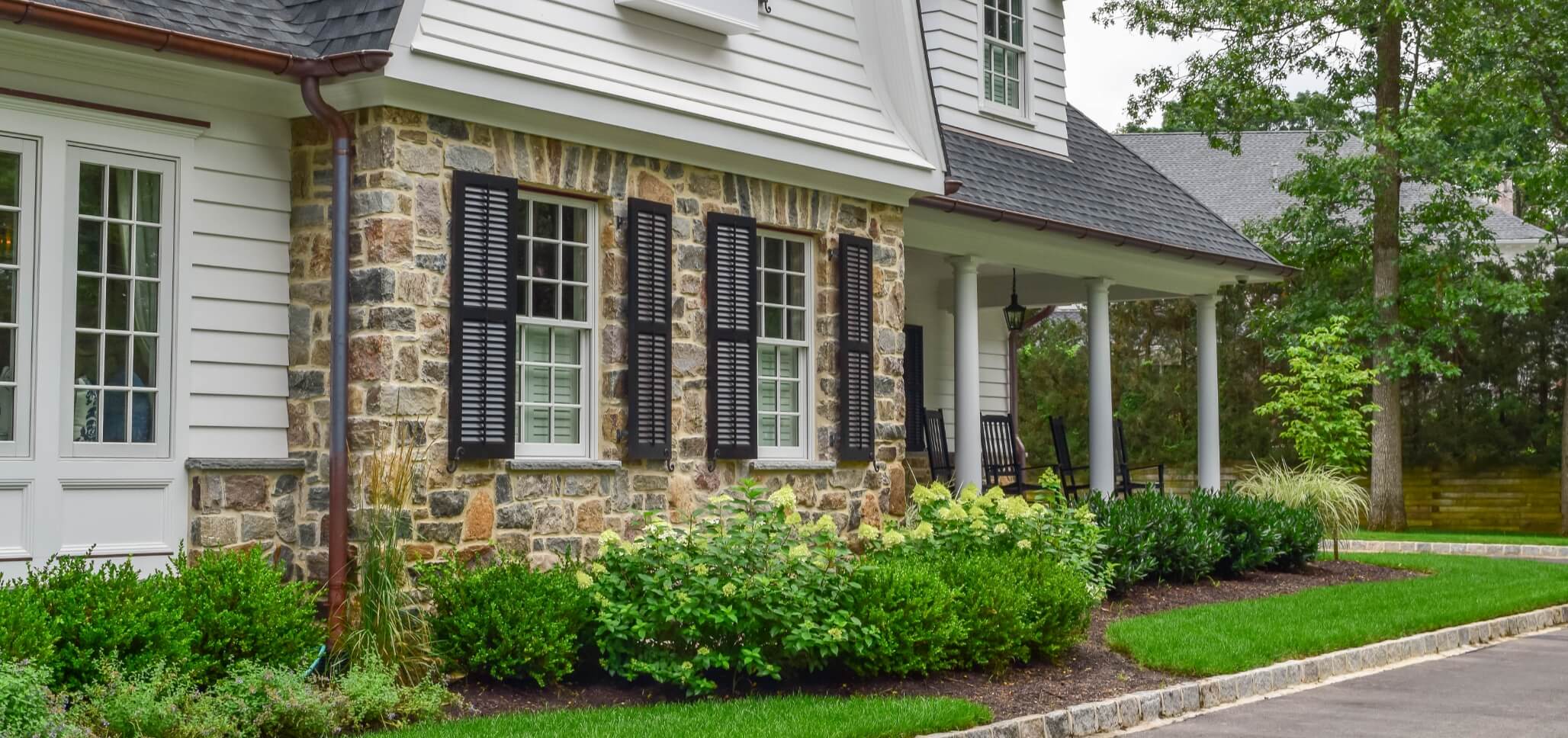 Although they can be found in many private yards, businesses and schools, many people fail to notice retaining walls until they’re faced with the need for one.
Although they can be found in many private yards, businesses and schools, many people fail to notice retaining walls until they’re faced with the need for one.
Don’t wait until nature takes its toll on your lawn to start giving some thought to constructing a wall on your property.
By taking the time to learn about their construction and functions, you can enjoy numerous retaining wall benefits and avoid a lot of stress in the years ahead.
Retaining Wall Benefits
Retaining walls are located in the areas of a yard that require extra support in order to stop earth from being forced downhill with erosion. As such, the core function of a retaining wall is to counteract the forces of gravity.
In order to accomplish this, the wall must be substantial and sturdy enough to both withstand and redistribute the lateral pressure that is placed on it as a result of sloping ground. But a retaining wall can do more than preventing a landslide on your property. They can also be used to:
- Provide usable land – Many people use retaining walls to create terraces of usable land on inclines. By using a wall (or layers of wall) to create level areas of land, you have the option to plant flowers or even construct a patio area in the space.
- Manage water runoff and divert groundwater – Retaining walls are able to effectively reduce the speed and flow of rainwater runoff. This is both beneficial in protecting your lawn and garden against torrents of water, and in preventing flash flooding in the streets which can eventually deliver polluted water to local New Jersey streams and rivers, or even to the Atlantic. Retaining walls and the drainage that goes behind it helps to divert the groundwater behind it to the planned and desired location.
Retaining Wall Design
Although you want your wall to be sturdy and durable, you still have several options for making it look attractive within the scheme of the rest of your property. You may choose to construct with:
- Interlocking blocks or poured concrete – Blocks and concrete are the most commonly used materials in the construction of a retaining wall. The sheer strength of these materials ensure that homeowners can enjoy retaining wall benefits for years without any problems. Layering blocks can add a sophisticated appeal to both traditional and contemporary lawns. Though interlocking concrete is user friendly and efficient to install, there is much more to retaining walls than meets the eye. Certified and experienced installers are extremely recommended, to ensure the safety and longevity of a quality-built retaining wall.
- Natural stone – Natural stone is generally the most expensive option for the construction of retaining walls, but is also considered the most attractive. In the grand scheme of things though, it’s important to remember that your properly-constructed retaining wall should last for a lifetime. The cost may be higher initially, but the appeal and function will pay you back in full.
You May Consider Building a Retaining Wall if…
- Your sloped yard creates the threat of downhill erosion.
- Your home’s foundation is threatened by a sliding hill.
- Your sloped property makes gardening and landscaping difficult or impossible.
- You’re looking to create additional yard space with a current uneven yard or patio space.
A skilled do-it-yourselfer may be able to construct a wall themselves, but you must be aware that absolute precision is essential. Retaining walls must be completely level, and each layer must be backfilled in order to provide substance and promote proper drainage. If you’ve got any doubts about your ability to construct a sound wall, it’s best to work with a professional installer.

